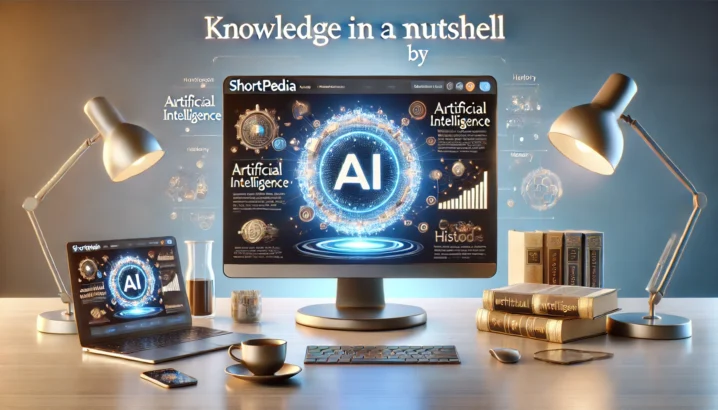The Automotive Industry: A Global Journey
Imagine a world where every street is lined with self-powered vehicles, each one a testament to human ingenuity and innovation. This is the automotive industry, a sector that has transformed from horseless carriages in the 1860s to the complex global network we see today. How did this journey begin?
The Early Days
In the early days of the automotive industry, pioneers like Karl Benz and Gottlieb Daimler were developing horseless carriages that would eventually evolve into the cars we know today. These early vehicles were assembled by hand, a labor-intensive process that laid the groundwork for future advancements in manufacturing.
Manufacturing Evolution
The shift from manual assembly to conveyor belt systems and then to robotic equipment marked significant milestones in automotive production. How did these changes impact efficiency and quality? The evolution of manufacturing processes not only increased productivity but also improved the reliability and safety of vehicles.
A Global Dominance
The United States once led automobile production, with giants like General Motors, Ford Motor Company, and Chrysler dominating the market. However, by the mid-2000s, Japan took over as the leader, only to be surpassed by China in 2011. Today, China produces over 30 million vehicles annually, making it a powerhouse in global automotive manufacturing.
The U.S. Market
While China has taken the lead, the U.S. market remains dynamic and diverse. From 140 models in 1970 to 684 models in 2012, the American auto industry has seen a significant expansion in its offerings. What drives this growth? Safety regulations, product recalls, and emerging technologies all play crucial roles.
Emerging Markets
The automotive industry is shifting towards emerging markets like China, India, Brazil, Russia, Iran, and Indonesia. These regions account for a significant portion of global light-vehicle sales, with China leading the pack at 51% in 2010.
Strategic Alliances
The automotive industry is not just about production; it’s also about strategic partnerships. Companies like Mercedes-Benz and BAIC Group have formed a 12% stake, while Dongfeng Motor holds a 49% stake in Haima Automobile. These alliances are crucial for expanding market reach and leveraging each other’s strengths.
Global Giants
Major players such as General Motors, Ford, Toyota, Volkswagen, and Renault-Nissan-Mitsubishi have formed various joint ventures to tap into new markets and technologies. For instance, General Motors holds a 93% stake in GM India, while SAIC Motor has a 7% stake, illustrating the complex web of ownership and collaboration.
The Future of Automotive Industry
The automotive industry is on the cusp of another revolution with electric vehicles (EVs) and autonomous driving technologies. Companies like Tesla are leading the charge in innovation, but traditional automakers are also investing heavily to stay competitive. How will these changes shape the future? The shift towards sustainable energy sources and advanced technology will likely redefine the industry.
Conclusion
The automotive industry has come a long way from its humble beginnings in the 1860s. Today, it is a global powerhouse with complex networks of production, distribution, and collaboration. As we look to the future, one thing is certain: the journey ahead will be filled with challenges and opportunities. The industry’s ability to adapt and innovate will determine its success in an ever-changing world.

You want to know more about Automotive industry?
This page is based on the article Automotive industry published in Wikipedia (retrieved on March 5, 2025) and was automatically summarized using artificial intelligence.





